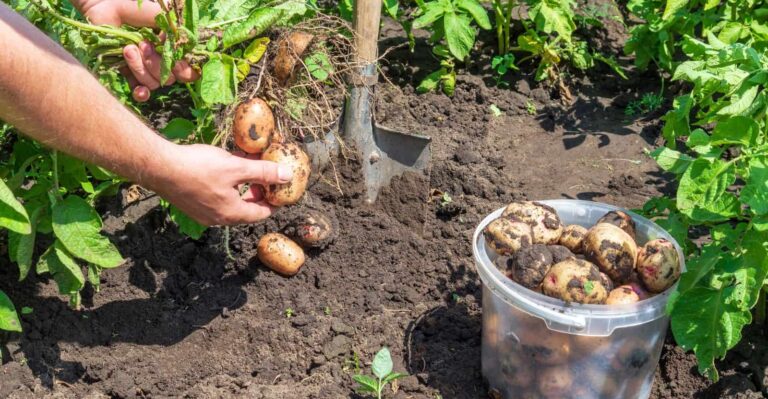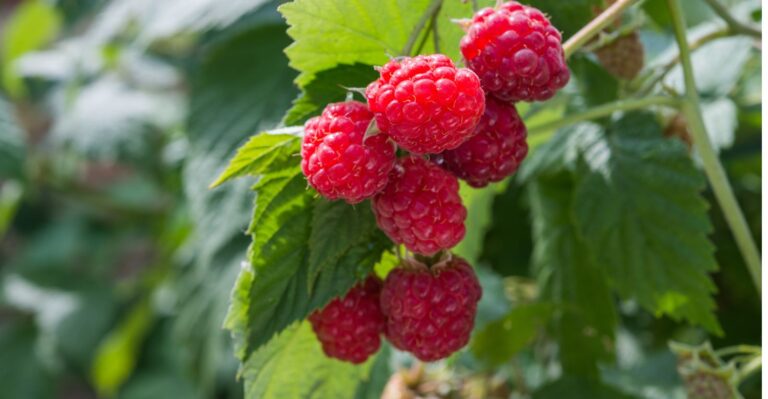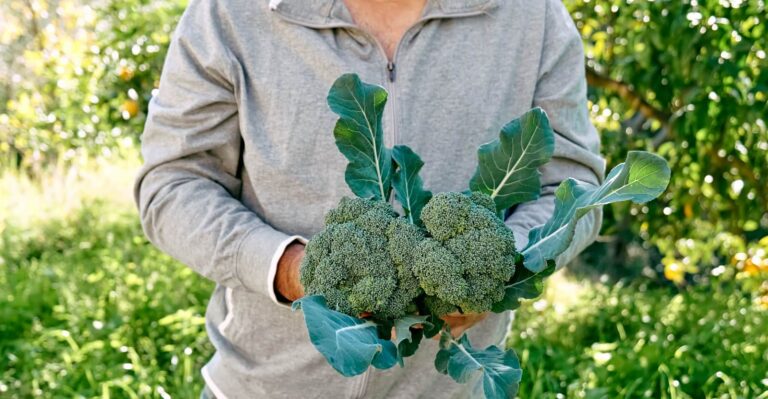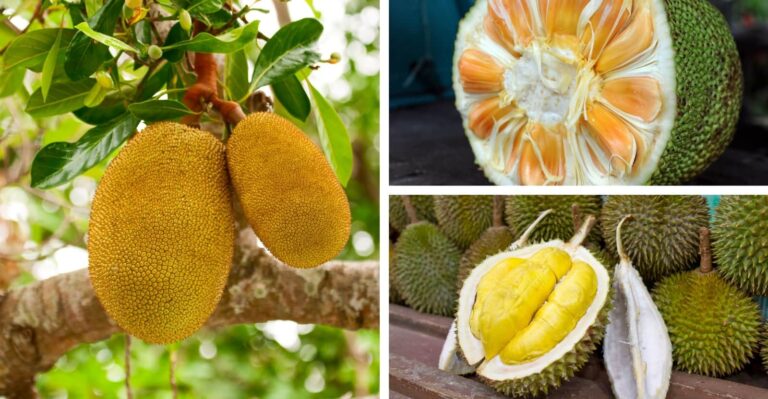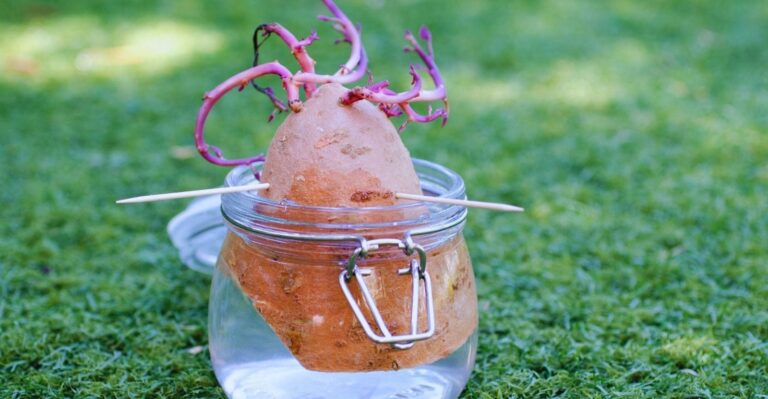Amazon has put together some great Home Gift Deals – save money and get your shopping done at the comfort of your home! Click here to see deals on Amazon
There is much debate surrounding broccoli’s origins, but there is no doubt that it’s been a plant around for only a few centuries. Some believe that broccoli is a man-made crop, while others think it’s a wild ancestor of the cabbage family. The truth likely lies somewhere between these two theories.
Read on to unravel the mystery surrounding broccoli’s origin and answer questions on forums and social media posts “is broccoli man-made”?
Let’s get started
Is broccoli a man-made crop?
Yes, broccoli didn’t occur naturally in nature, and through selective cross-breeding, the broccoli came into existence. Some people consider it a genetically modified organism (GMO) plant, but that is incorrect. There is a significant difference between GMO plants and hybrid selective breeding plants.
GMOs are genetically engineered crops that contain genes from other species of plants. These genes might be used to give the crop a desired trait, such as resistance to pests or tolerance for herbicides.
Selective breeding plants are created to have a natural, desirable trait without artificially modifying the plant genetics. This is done by cross-breeding different plants with the desired quality.
For example, if we want to create a plant with a specific color, we would cross-pollinate two plants together and hope that the next generation of plants has the desired trait.
There are two popular kinds of broccoli made through selective breeding. Broccolini is a wilder variety with tiny florets, while Cime di rape, or rapini, is in the same family as broccoli but from a different genus.
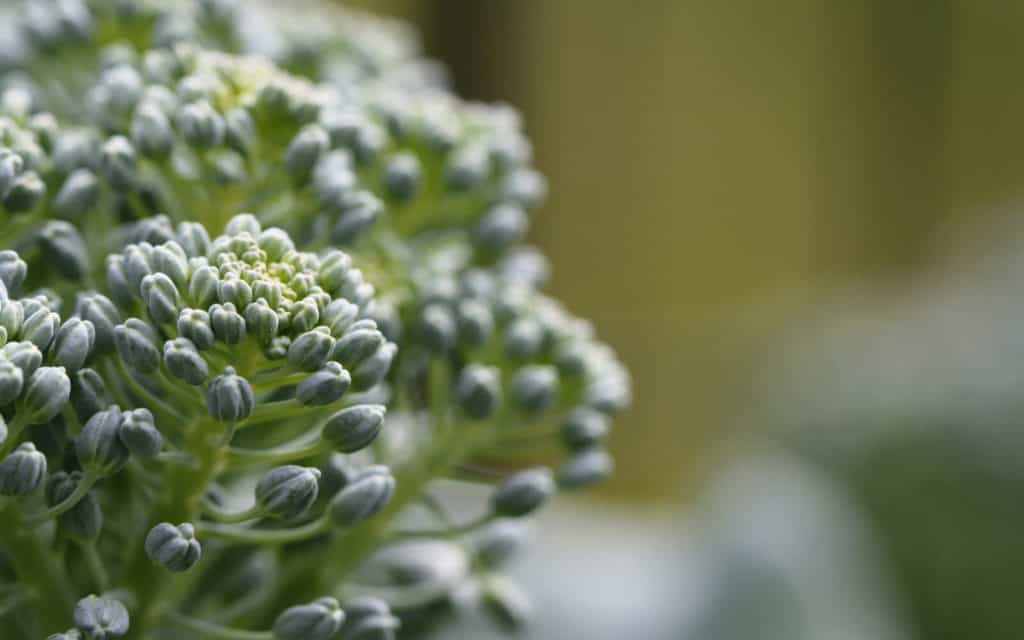
How did the origin of broccoli come about?
Broccoli is a vegetable that belongs to the cabbage family. It has a flower head with clusters of small green, purple, or white flowers. It’s a fast-growing plant that can be grown throughout the year in many climates.
The first recorded mention of broccoli was in Italy in 1544, when it was called “broccolo.” The name broccoli comes from the Italian plural word “broccoletti,” meaning “the sprouts of the cabbage.”
Italian immigrants first grew and sold commercially by Broccoli to North America around 1890. As the demand for higher quality food continued to grow in the earlier years, farmers started experimenting with selective breeding through cross-pollination over several generations to get a specific trait in the broccoli.
The modern broccoli plant was born in 1845 when farmers transferred the pollen of one plant into another plant of the same species but opposite gender of superior edible plant.
Among its main applications is making plants that are better suited to their environments through hybridization. With their effort, they made Brassica oleracea which in Latin meant “wild mustard,” due to the small yellow flowery crown that we eat today.
Broccoli is gaining popularity among health-conscious users as it’s a rich source of vitamin C and vitamin K with a high amount of fiber.
The Italian word “broccolo” inspired the name of this plant, and broccoli is the plural of this name.
What is the difference between broccoli and cauliflower?
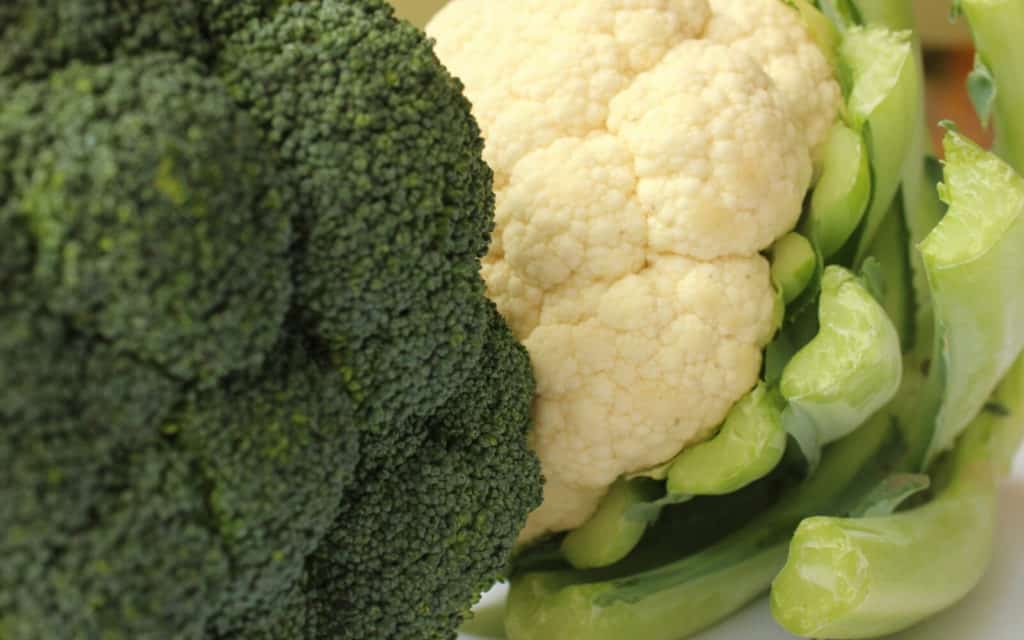
Broccoli and cauliflower are two vegetables that belong to the same species. They’re both cruciferous vegetables, which means they have a crown of tightly packed flower buds. They’re also both members of the Brassica oleracea species, including cabbage and kale.
The difference between broccoli and cauliflower is that broccoli is grown on the ground while cauliflower grows above ground on a stalk. Also, Broccoli florets are harvested while they’re still immature and haven’t yet flowered or gone to seed. Broccoli can last for several days with proper storage.
Cauliflower is harvested when it has flowered and becomes mature. Broccoli is consumed as green salad, while cauliflower is eaten as a white vegetable.
But, while broccoli and cauliflower are in the same family, broccoli is a cauliflower cultivar. So, while the health benefits of broccoli and cauliflower are similar, broccoli has a more prominent nutritional profile than cauliflower.
What are some common man-made vegetables?
The term “man-made” can refer to a lot of things. However, when it comes to vegetables, it relates to the plant that has been selectively produced. Here is a list of the various species of plants that have been bred from wildly different-looking plants.
Brussels sprouts
Brussels sprouts are one of the most popular vegetables in the world. They have been grown for more than two thousand years and were initially cultivated in Belgium in ancient times. They’re a type of cabbage grown for its edible buds.
Brussels sprouts are winter vegetable that needs to be harvested in the fall and stored for the winter. Brussels sprouts, like collard greens, can be eaten raw, boiled, steamed, or roasted.
High anthocyanin levels in Brussels sprouts were developed by a Dutch biologist in the mid-1940s and are called purple Vikings. Like broccoli, Brussels sprouts are man-made.
Cabbage
Today in modern times, cabbage is grown in many shapes and sizes, with many new varieties emerging each year. Different types of cabbage are grown throughout the world in many regions, including green cabbage, crimson cabbage, savoy cabbage, Belgian endive, and Belgian endive savoy.
Cabbage was first cultivated by Neolithic settlers from the Middle East and is thought to have originated from a slightly bitter taste wild cabbage. People throughout the 1600s developed the cultivation of mustard greens with bigger leaves. When these plants had the dense stem, they created kohlrabi.
Many of the popular varieties of cabbage came through a selective breeding process from wild cabbage plants and now exist in many colors and shapes.
Carrot
Carrots are frequently sold as hybridized carrots, meaning they’re a mixture of two-parent plants. Original white carrot looks significantly different than what’s available in the grocery store these days.
They’re frequently bred through selective breeding to produce the optimal tasting and best-looking results.
Eggplant
Eggplants come in many different shapes and colors like white, blue, purple, and yellow. Some of the earliest eggplants were grown in China and East Asia. The earlier forms of eggplant were characterized by uneven stalks with spines where the stem joins the flower.
With modern-day selective breeding and genetic modification, the spines disappeared, and we get a large, oblong-shaped purple healthy vegetable that we can buy at a grocery store.
Tomato
Several cultivars of tomatoes found in the grocery store are man-made. Like the original wild strawberry, the actual tomatoes had smaller fruits and were more yellowish color than dark red color found these days.
These older varieties were grown by the Aztec communities in South America. After the Spanish arrival, they started selectively breeding it and brought it back to Europe, where it became trendy.
In the 19th century, the GMO technique became available over a period of time. Scientists manipulated tomatoes’ DNA to create sweet and red tomatoes available today.
Watermelons
In the past, watermelons used to be more yellow inside and more seed-filled. It turned out that the watermelons of today have red flesh and aren’t as seed-filled. This all came from the careful selective breeding of several generations.
Is broccoli safe to eat?
If you’re concerned about broccoli being a GMO plant, then it’s not. Broccoli available today is made through selective breeding that doesn’t artificially alter the genetics of the plant.
Selective breeding happens naturally when pollen from one plant gets transferred to other plants, and the hybrid seed is made. Broccoli is entirely safe to eat and has nutritional value, and is a healthy addition to any diet.
You can eat it raw, steamed, or boiled without any concern. Only strengthening quality vegetable crops assures the production of sufficient food. If the broccoli plant isn’t grown by applying harmful pesticides, the broccoli is safe to eat as a natural vegetable.
Conclusion
In conclusion, broccoli is a man-made vegetable that has been selectively bred to have several health benefits that it has today. It’s not a GMO vegetable, contrary to popular belief.
While some people may believe that it’s an unnatural food, there is no evidence to support this claim. The current form of broccoli is a healthy, nutrient-rich food that everyone can enjoy.
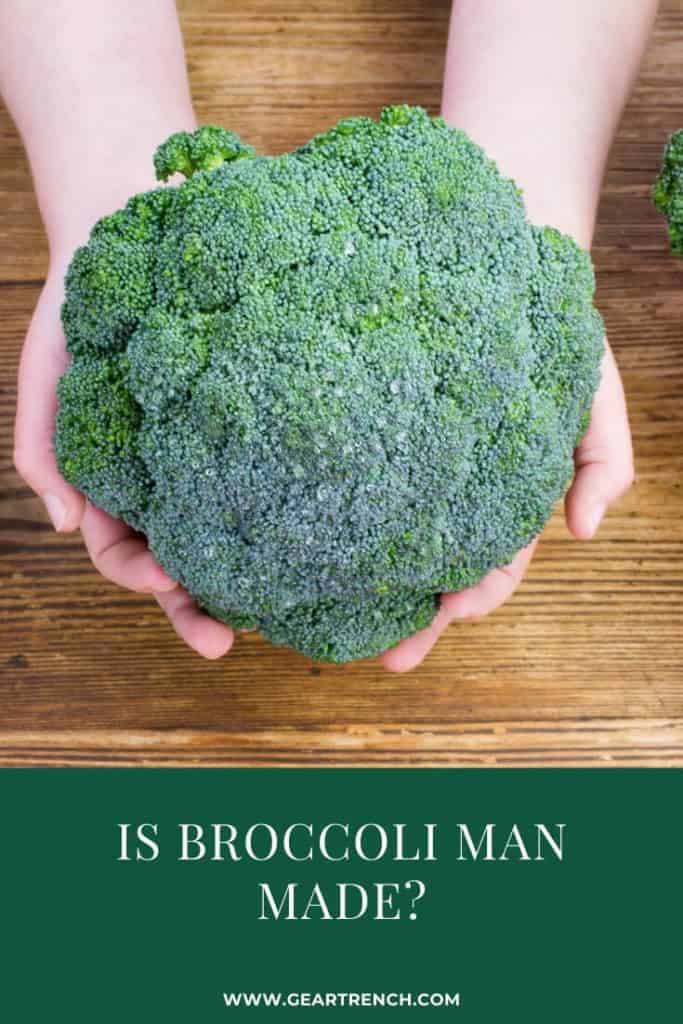
Don’t forget to share this post


